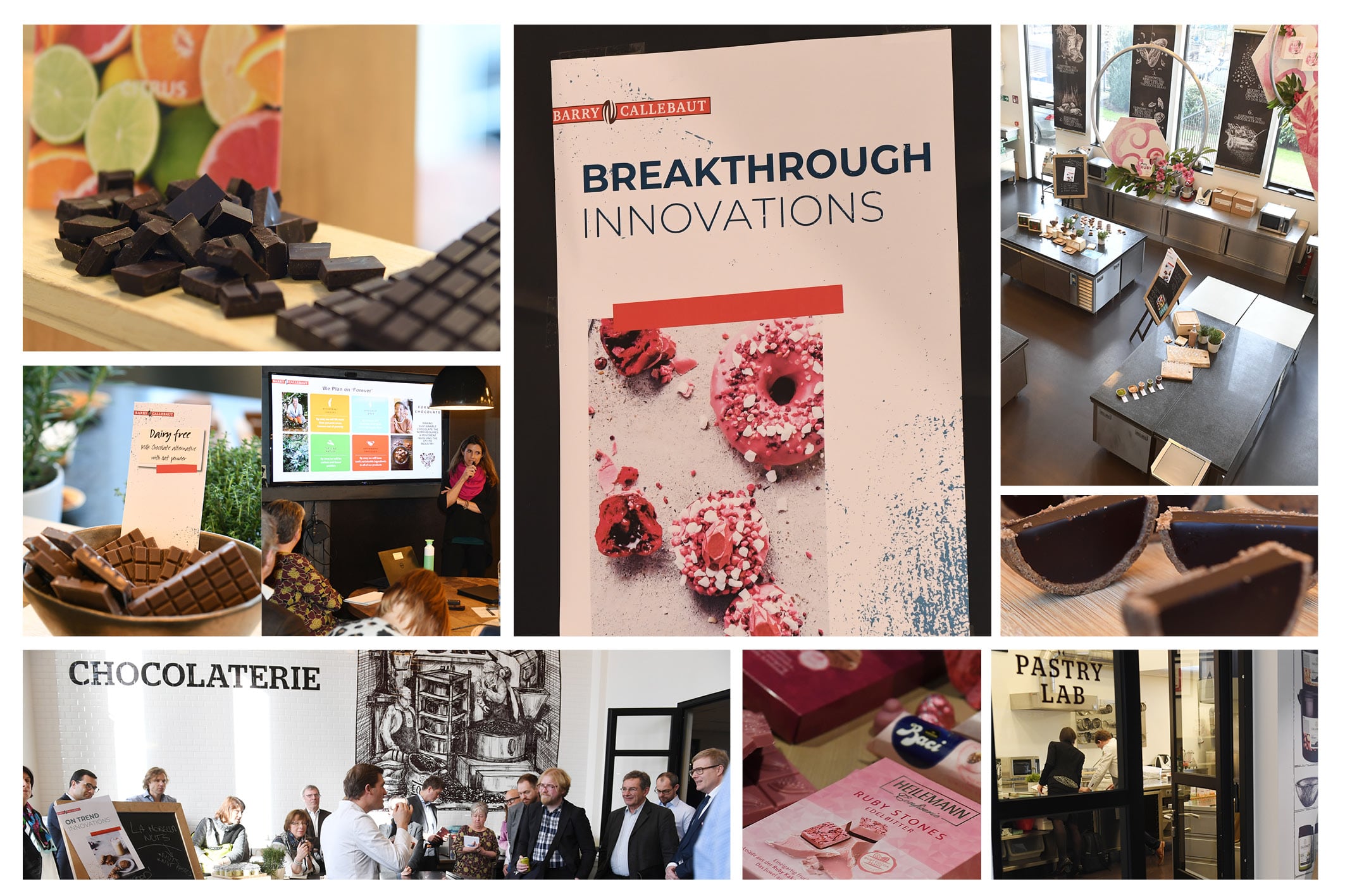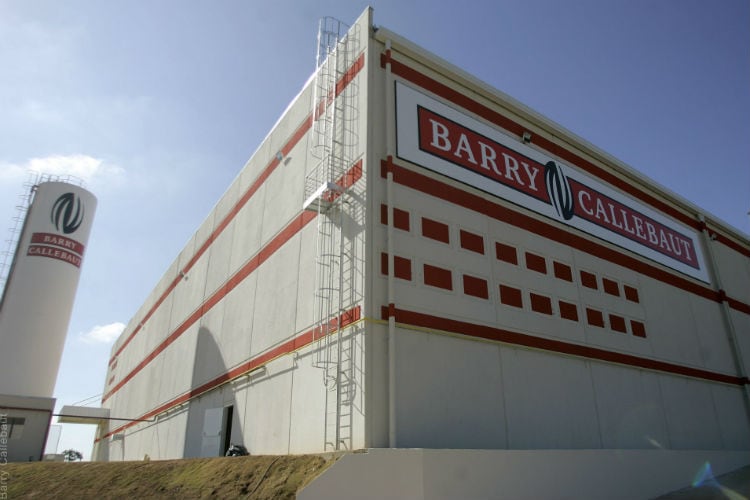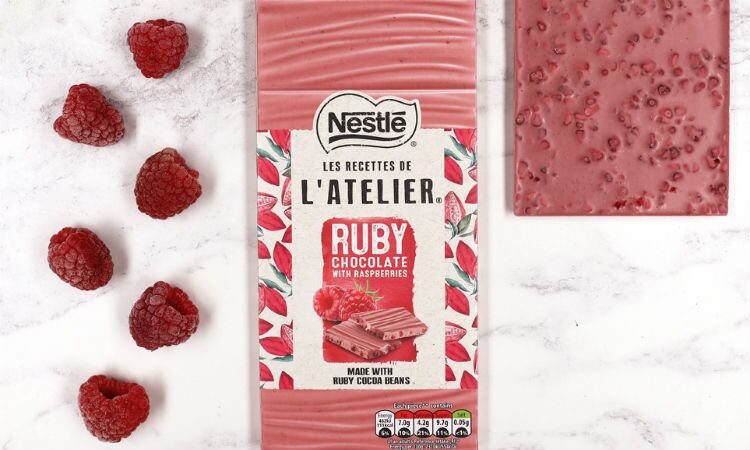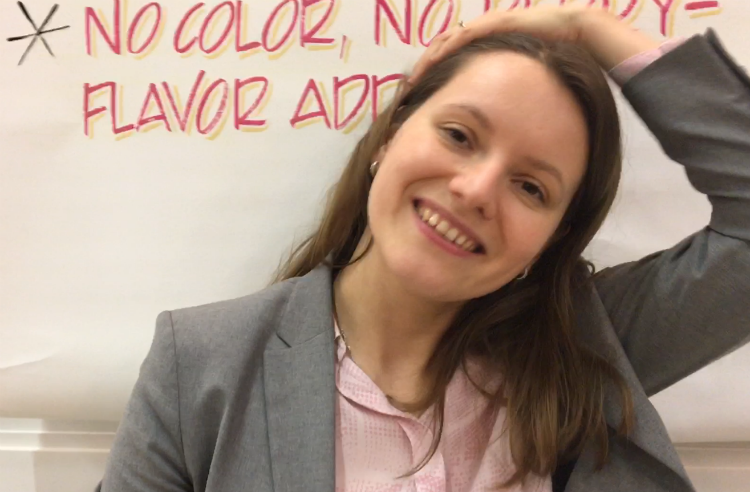Barry Callebaut is on a roll. Fresh from ProSweets/ISM 2019 in Cologne last month where its Ruby chocolate was officially named the confectionery trend for 2019, the chocolatier held a special Innovation Day at its Chocolate Academy/factory in Weize, Belgium to outline the company’s vision to the media.
Ruby, the so-called ‘fourth chocolate’ is dominating the agenda. At ISM at least 11 chocolate brands launched their own variation, half of which were entered for innovation awards. Ruby penetrates more than 40 countries, a staggering achievement since it was launched in Shanghai onto an unspecting world at the end of 2017.
“Our assumption was that the first [consumer] launch wouldn’t be until Q1 2019 at the earliest because it takes brands normally at least 12 to 18 months to introduce a new product on the market, but Nestle surprised us with the speed it acted when we gave them a sneak preview of Ruby chocolate,” said Bas Smit, Barry Callebaut’s Global VP marketing.
“It is a premium chocolate because of its unique flavor and texture combination. So we gave some brands sneak previews to make them aware before the launch that something big would happen and if they were interested they would be invited to unlock Ruby. Nestle acted the first, and from then on it just got bigger,” he said.
Breakthrough flavor
Nestlé launched a super-premium KitKat Ruby variation in their Chocolatery in Japan and South Korea in March 2018 and other brands and artisans quickly followed when it became obvious that Ruby was a breakthrough flavor, and the first since Nestlé developed a white variation more than 80 years ago.
The launch in Shanghai was shrouded in secrecy, all the more impressive because Barry Callebaut had been developing its Ruby variation for at least 10 years.
Smit joined Barry Callebaut from Unilever four years ago. Back then Ruby was ‘just’ a product. After extensive testing and market research, they discovered that the chocolate satisfied a consumer need no chocolate ever did before. ‘The Fourth Chocolate’ was born. Smit and team were ready to stun the confectionery world with a new flavor.
“It’s what I call a discovery which happened to be unique, instead of an invention designed to satisfy a specific need. That is what often breakthroughs are about. And when R&D and Marketing in optima forma come together. Because we actually had this chocolate already for seven years,” said Smit.
“The interesting thing if you think about breakthroughs, is there are three parameters which are important for them to happen: One expertise. Two mastery and (three) a touch of luck.”
Smit said his team conducted a 15-month study testing Ruby and other chocolate samples on consumers all over the world. This is an interesting strategy because Barry Callebaut are a B2B company; they supply chocolate from their factories to consumer brands.
“When I joined Barry Callebaut, literally in my first months, I was introduced to a lot of chocolates to taste but one of the things I learned during my career is that you need to understand why a consumer would be interested in a product.
“We said if we really want to make an impact for our customers, we need to understand their consumers. What needs do they have, what do they aspire to? This was our strategy, which gave us relevant insights. Ultimately leading as well to what we call today ‘Ruby chocolate’.”
The secrecy around the launch of Ruby in Shanghai was comparable to the launch of Apple’s iPhone, when Steve Jobs stunned the tech industry by introducing a groundbreaking smartphone that no –one, apart from a small group of people at Apple, knew anything about.
The similarities with Apple don’t end there. Like the giant tech company, BC maintains strict control over its product. Of course, the main ingredient, the ruby chocolate, is exclusive to the company, and its invention is a closely guarded secret. Nevertheless, BC also gets involved with brands on packaging and design, making sure there is a consistency across the market and the Ruby quality stamp is used in a correct manner.
Where Barry Callebaut differs from Apple is in a more collaborative approach with partners and consumers. Smit comes from a technical background and says he is inspired by what happens in the tech industry and cites the online game Minecraft as an example of open source collaboration as a way Ruby should engage with consumers, brands, chefs etc, closely collaborating to create all sorts of “rubylicous”. For this reason, Smit says that Ruby has not been trademarked as “it should belong to everyone”.
Smit and his team are aware that launching Ruby was perhaps a once in a lifetime opportunity to be part of a breakthrough project right at the beginning.
“Ruby is a unique chocolate, unique in its tastes and has a very appealing visual, search for it on Google and it has like a hundred million hits already, with consumers taking pictures of variations on Instagram,” says Smit.
What’s next after Ruby?
There is more to Barry Callebaut than Ruby chocolate of course. The company can trace its roots as a chocolatier back to 1911 (Callebaut) and 1842 (Cacao Barry). It has 60 factories worldwide with more than 11,500 employees and in the last financial year recorded sales volume over two million tonnes for the first time.
It also has 21 chocolate academies dotted over the world. The Wieze factory is the biggest chocolate production plant in the world, producing hundreds of tonnes of chocolate a day. It is also the hub of its research and development arm, and innovation is deeply ingrained in its culture. Callebaut was the first to make liquid Belgian coverture.
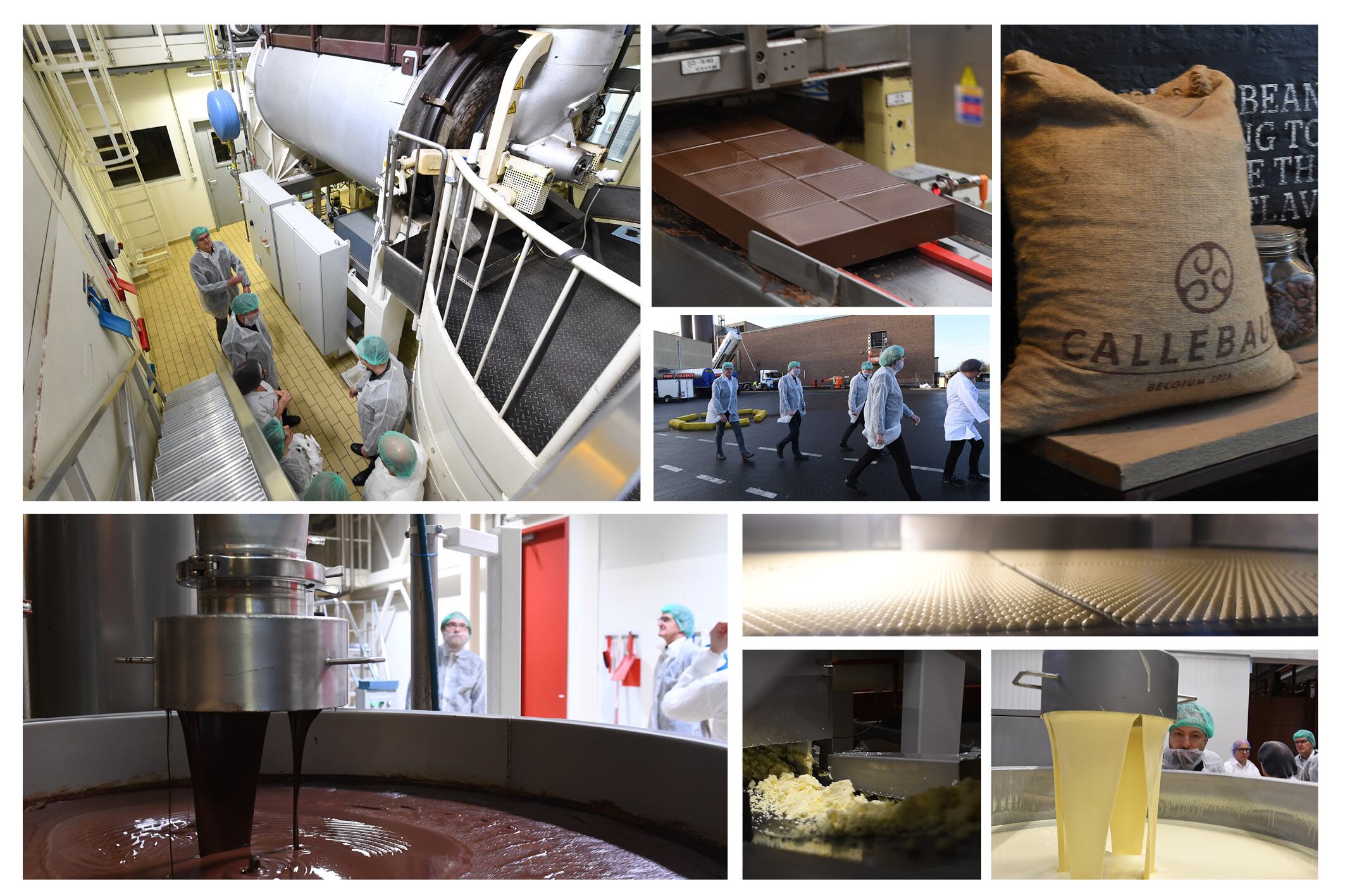
Smit and his team are already looking into new products that include probiotics and free-from to satisfy the growing and demanding millennials (24-38 years), Centennials (8-23 years) and the healthy-agers (54-72 years) markets.
“I think what you've seen today is that we are ready for more fantastic initiatives from artisans and brands across the world, to keep the chocolate market growing globally and unlocking new markets like China. We tested Ruby in China, being an underdeveloped chocolate market with low consumption per capita. Being a premium chocolate with a complex taste and texture combination, Ruby is massively appreciated,” said Smit.
“So let’s hope there will be another revolution in chocolate, one that we don't know of yet, because we first need to create it and master it and then learn from the consumer that it's indeed a true breakthrough.”
The chocolate industry may have to wait another 80 years for such a breakthrough, but what is certain is that Barry Callebaut will be at the forefront of the revolution, picking up where Smit and his team left off.

